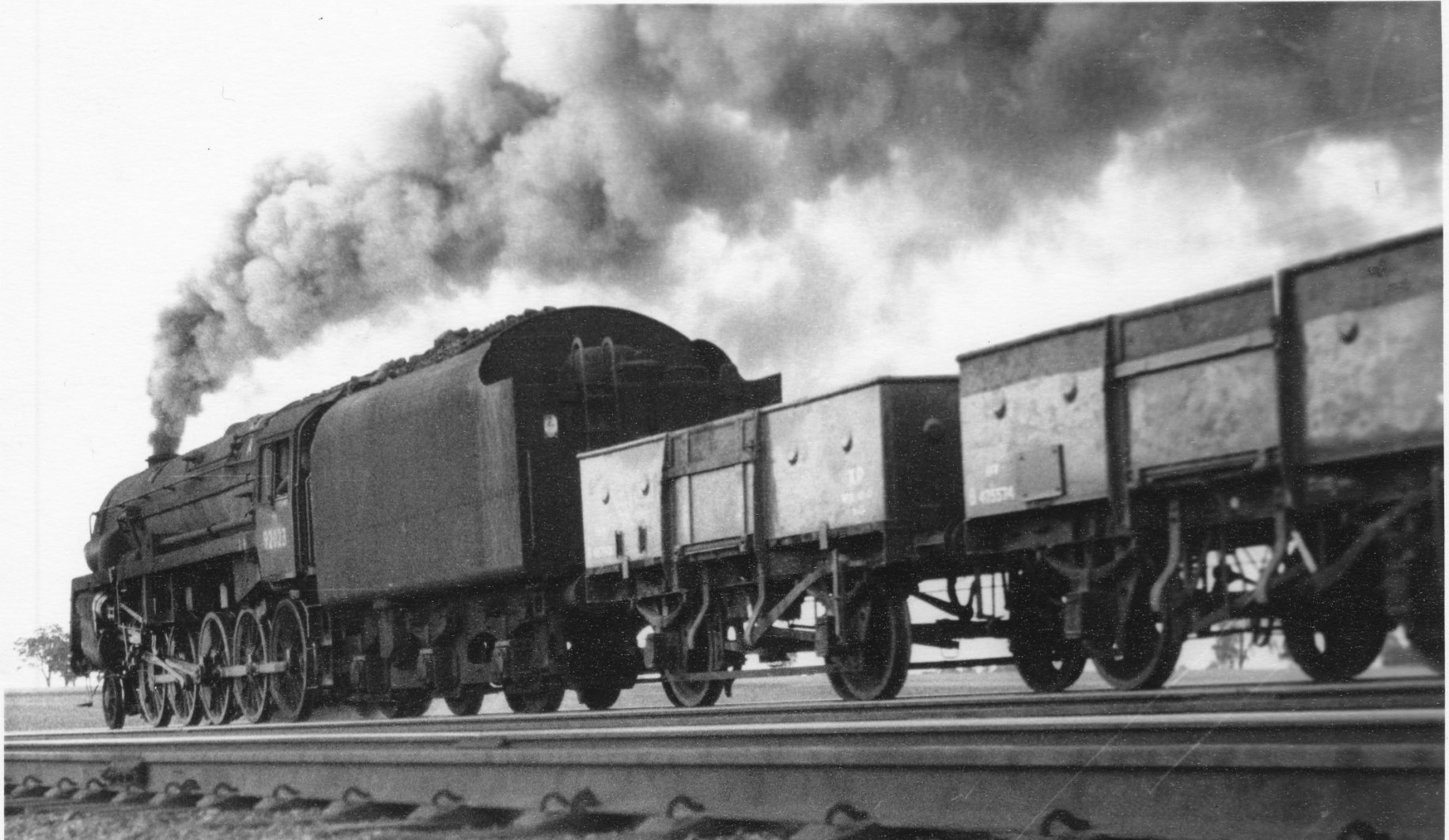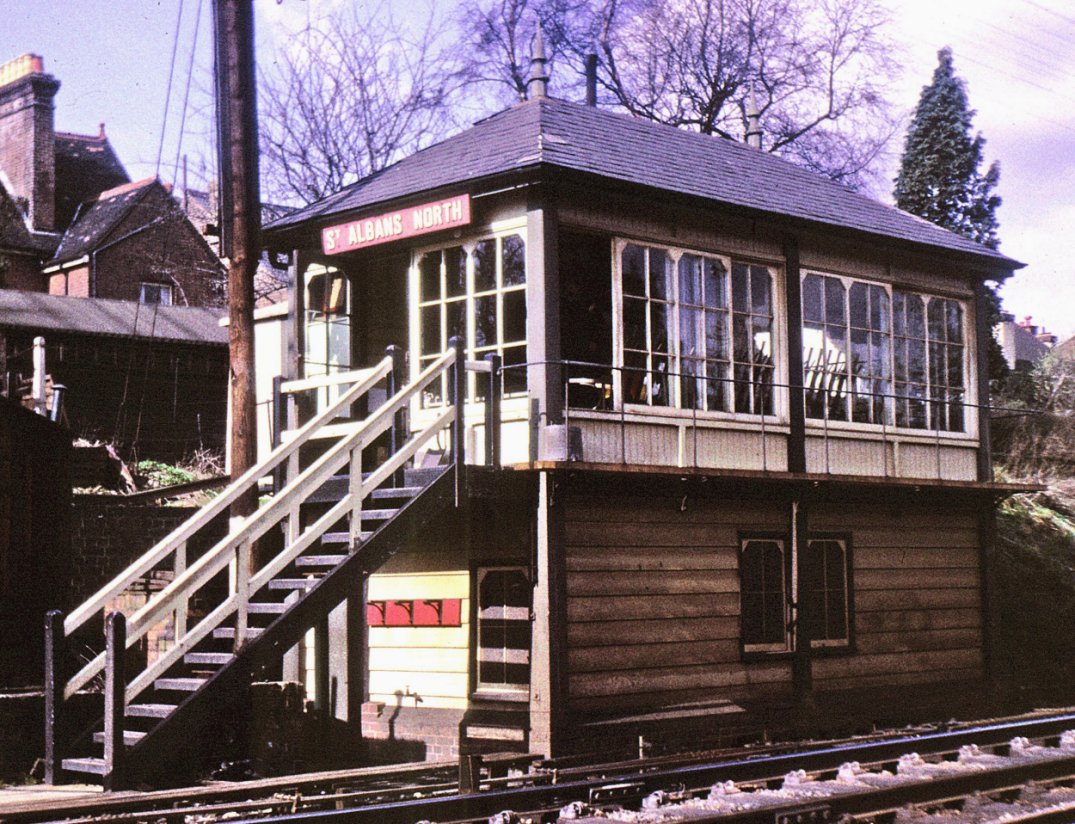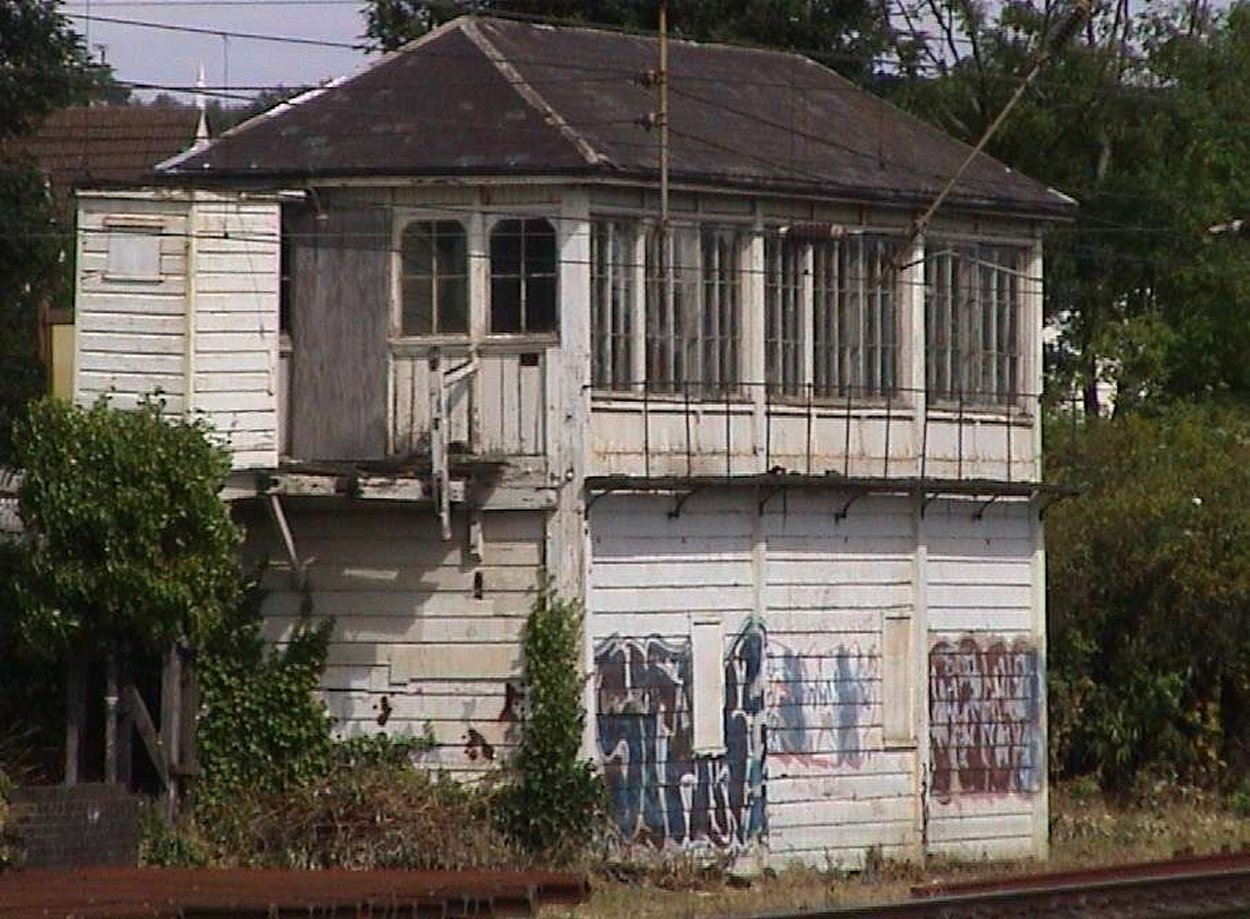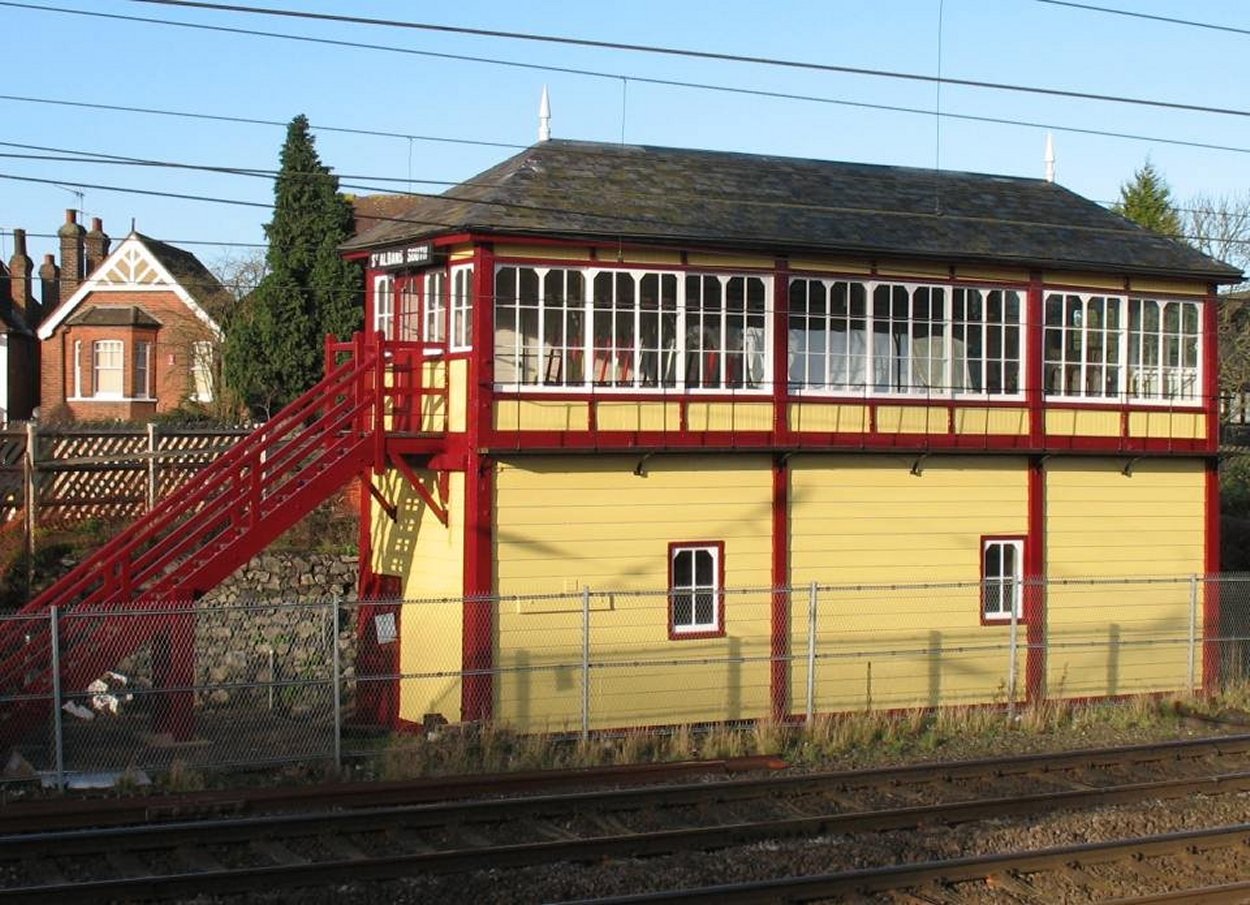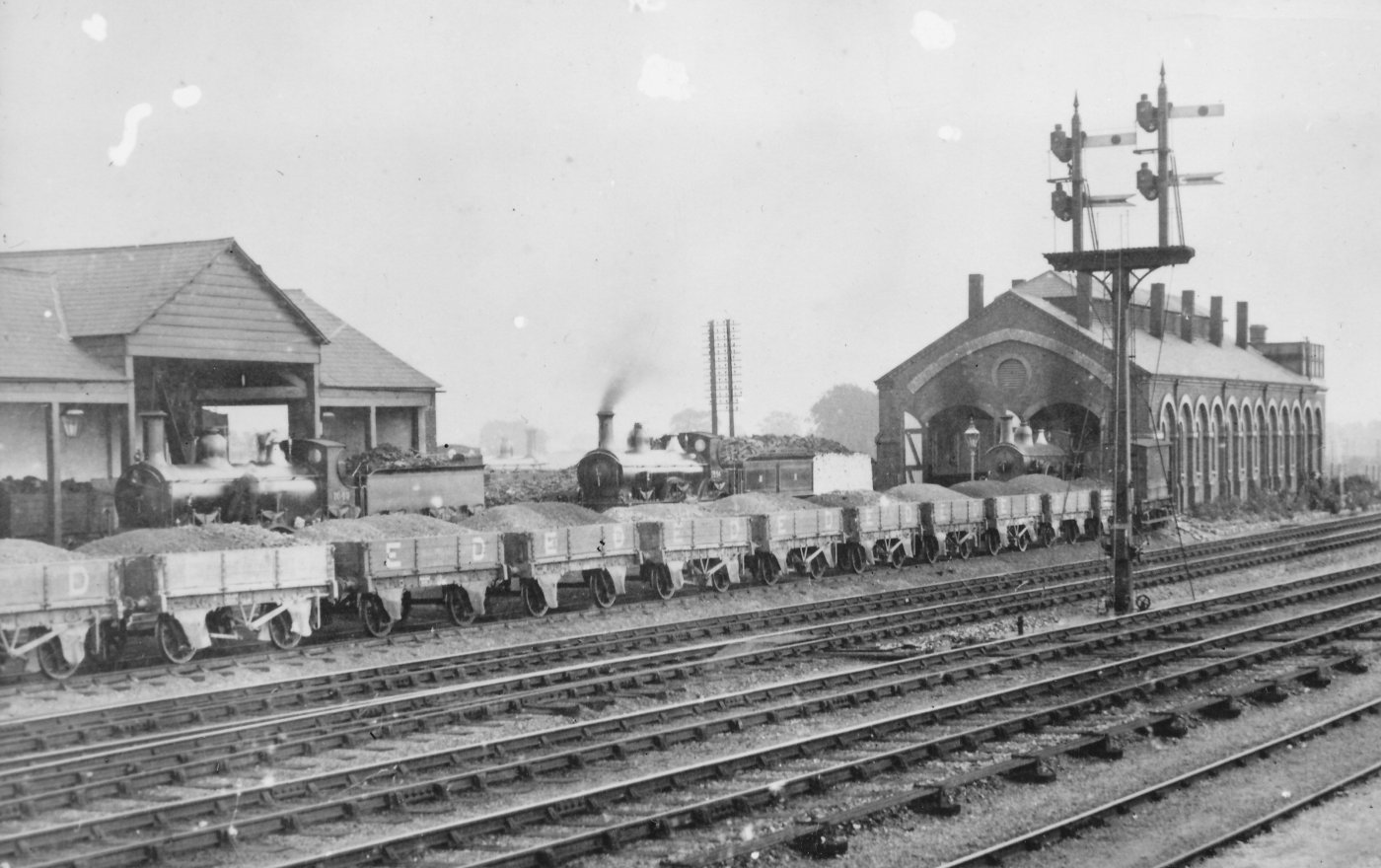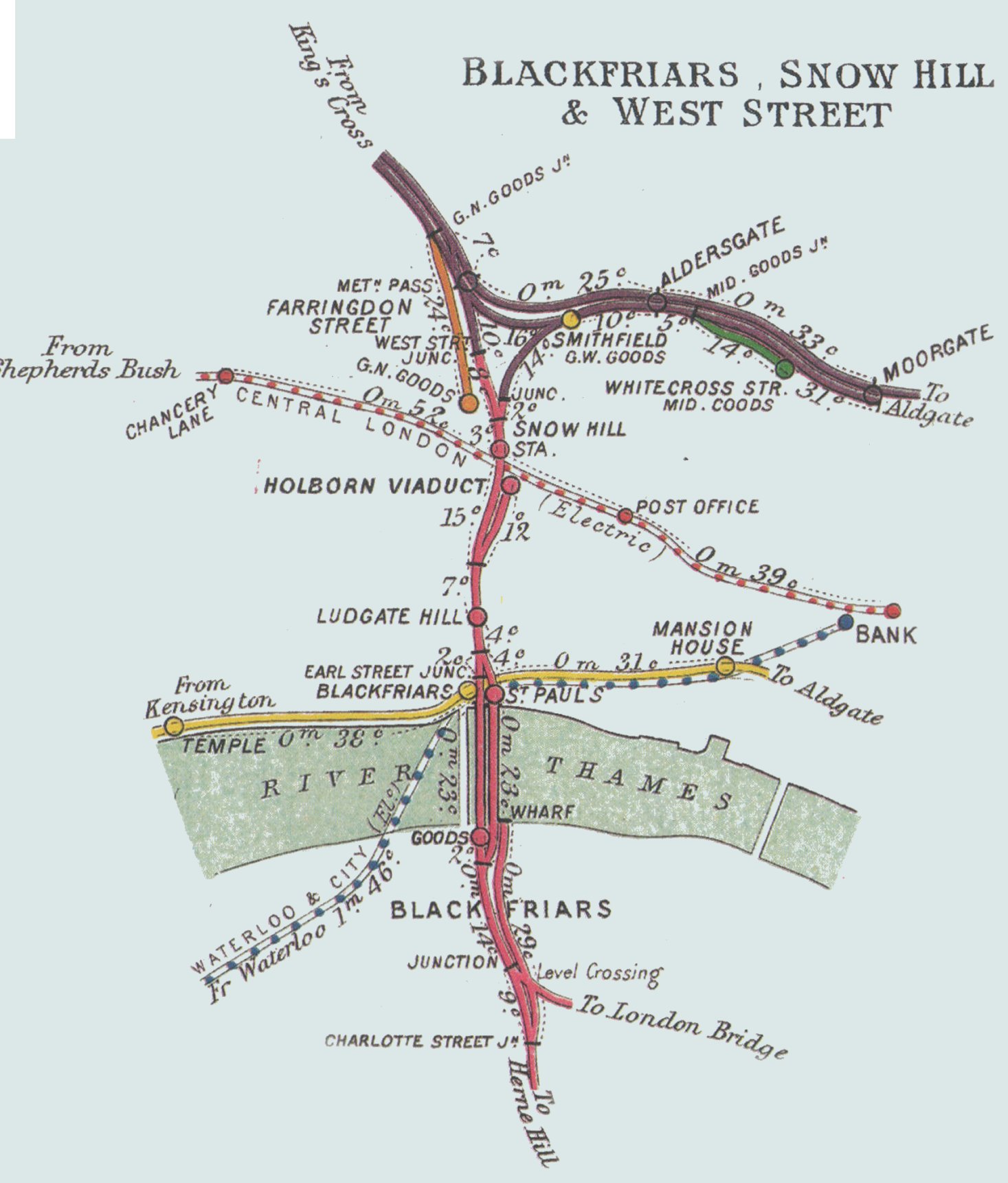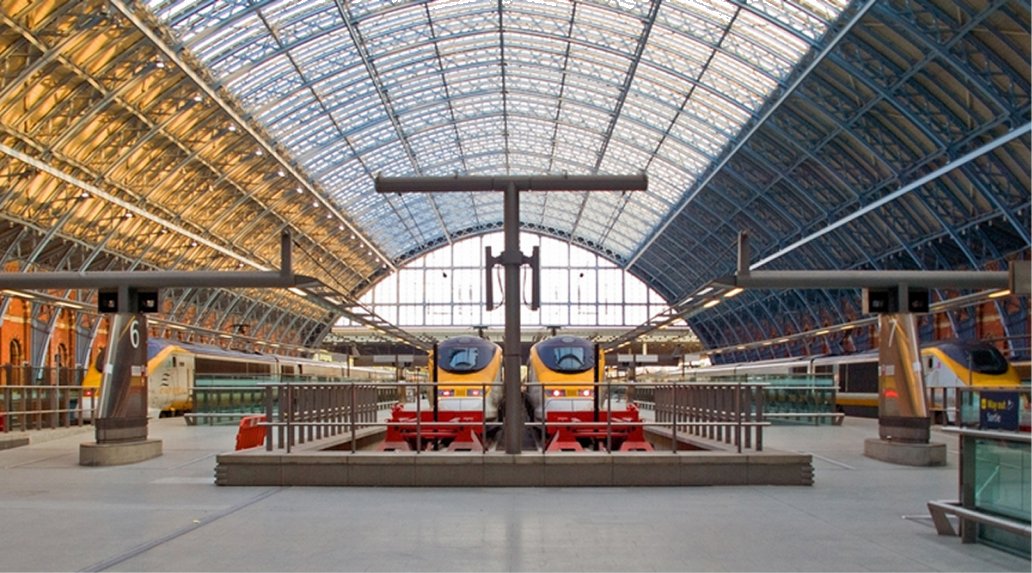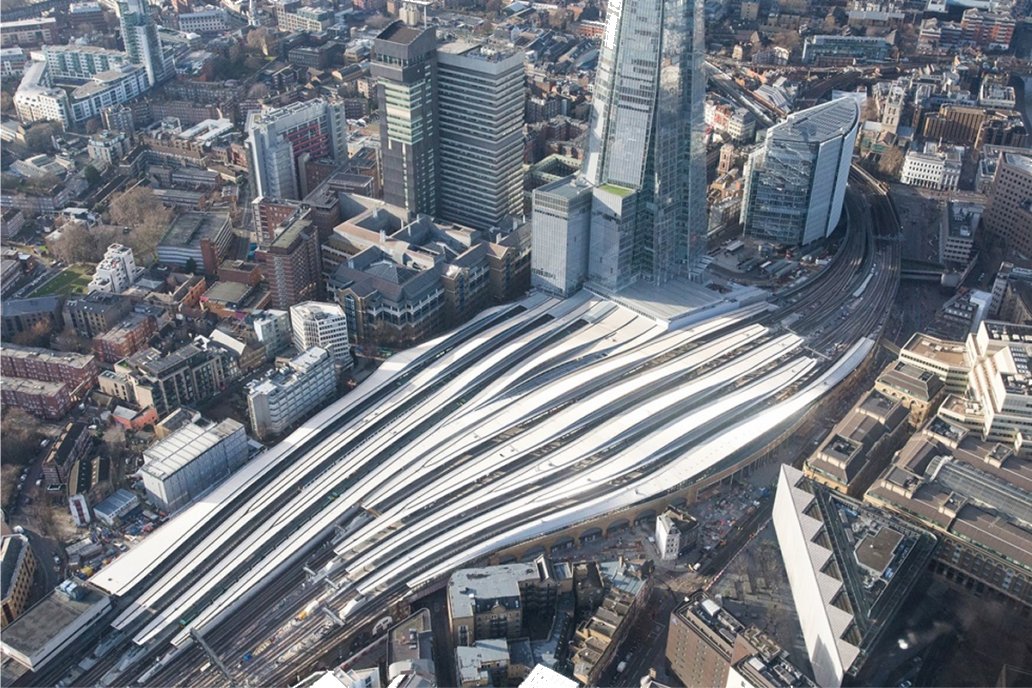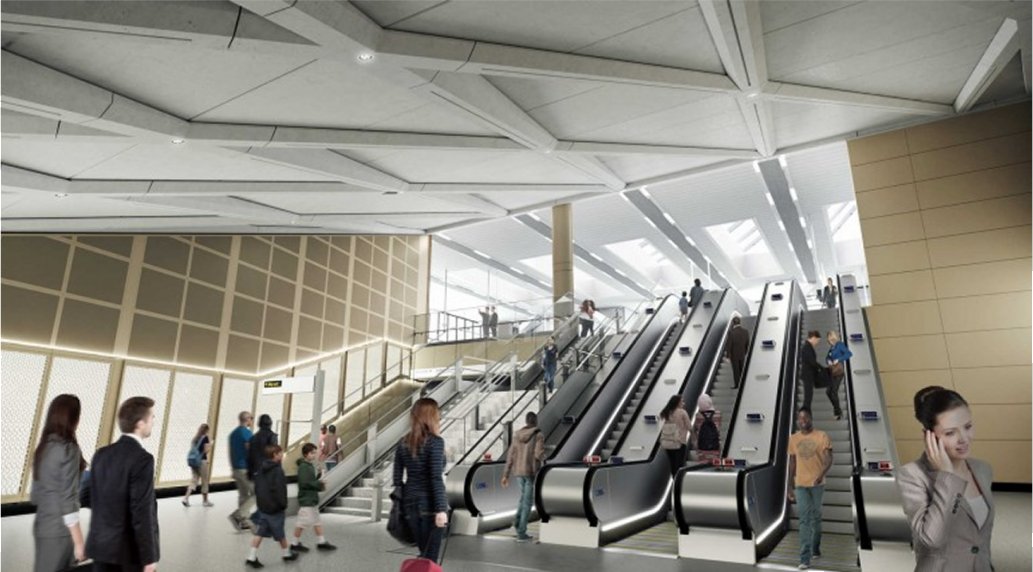ST ALBANS CITY STATION
150 YEARS
EARLY CONNECTIONS
RAILWAY MANIA
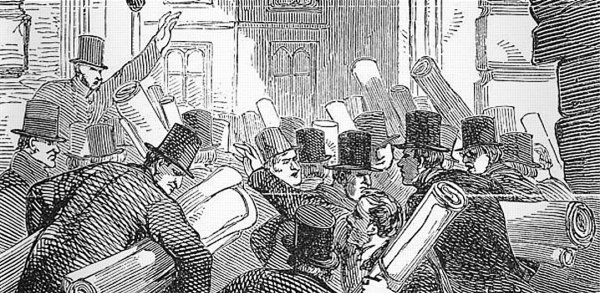
The 1840s were the boom time for railway building. Lines into London from the North were built through Watford and Hatfield.
Here in St Albans, coach traffic had declined steeply with the opening of the Watford line in 1838. It would be another 20 years before a connection arrived and another 30 before there would be a direct line to London.
THE LINE TO WATFORD
In the 1850s, St Albans Corporation petitioned the London and North Western Railway to build a branch from Watford to St Albans. The Abbey Station opened in 1858.
THE LINE TO HATFIELD
In 1862, a line linking Hatfield to St Albans opened. The terminus was at London Road, with connection through to the Abbey Station; but there was still no direct connection to London from St Albans.

THE LINE TO LONDON
In 1862, the Midland Railway laid out its plans to build a line from Bedford through St Albans to London. The line opened in 1868 and provided a third station in St Albans.
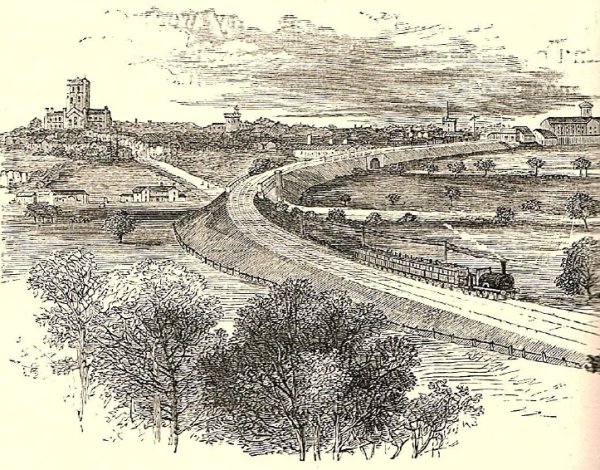
1868 ST ALBANS STATION
The new line through St Albans terminated in London at the new St Pancras station. To the North there were lines to the East Midlands, the Peak District, Lancashire and Yorkshire. Coal from the Midlands now filled he capital’s hearths and Burton Ale the St Pancras undercroft. Goods and people could now move directly to and from London rather than take the East or West Coast lines through Hatfield or Watford.
The station opened with two lines, two platforms. two signal boxes, a parcel dock, goods sidings, an engine shed and maintenance yard.
The station building and South signal box were in Ridgmont Road, as were the post and parcel dock. The large rampart of earth and the new Victoria Street bridge over the railway provided access to the prison (built just before in 1867), as well as to the coal, goods and livestock sidings.
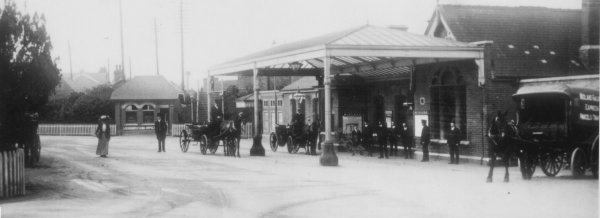
BRIDGE WORKS
South of the station are major bridge works. The Hatfield line had tunnelled through Thomas Telford’s levelling of London Road. Now the new Midland main line would be carried over both the Hatfield line and the road. Expanded to four lines in 1893 there are now five bridges all in one spot.
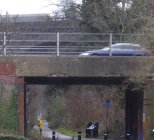
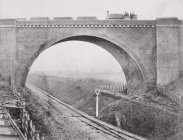
THE HATFIELD LINE PASSES UNDER LONDON ROAD
THE MIDLAND MAIN LINE PASSES OVER THE HATFIELD LINE
1893 FOUR TRACK EXPANSION
The line was widened to four tracks in 1893 allowing separate lines for goods and passenger traffic. New platforms and sidings were added along with bridges south of the station.
To operate the four-track main line, a new signal box was installed in 1892. Built at Derby to a standard design, the box has been fully restored and now operates as a museum and visitor attraction.
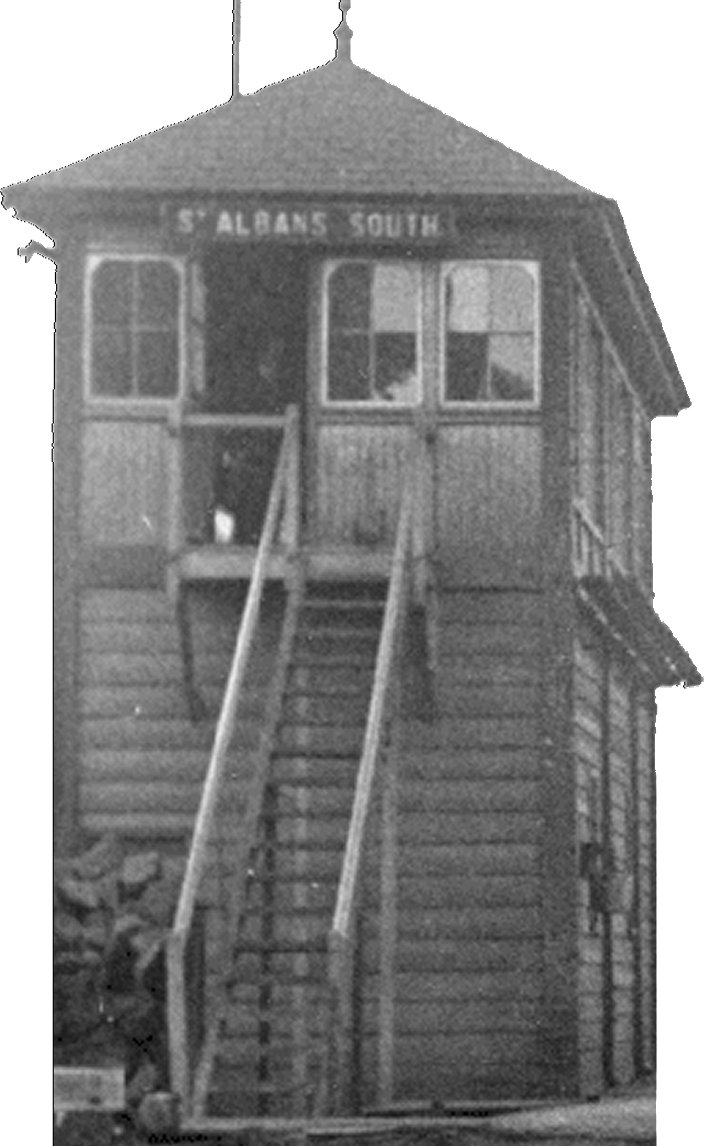
1918 REMEMBRANCE
THE ARMISTICE
The conflict known as the Great War ended on the 11th November 1918. The Armistice had been signed in a railway carriage in Northern France. Across the world approximately 20 million were dead and 20 million wounded. Just under half were civilians, of whom 6 million died of famine or disease. 750,000 soldiers from the UK were dead and 1,675,000 injured.
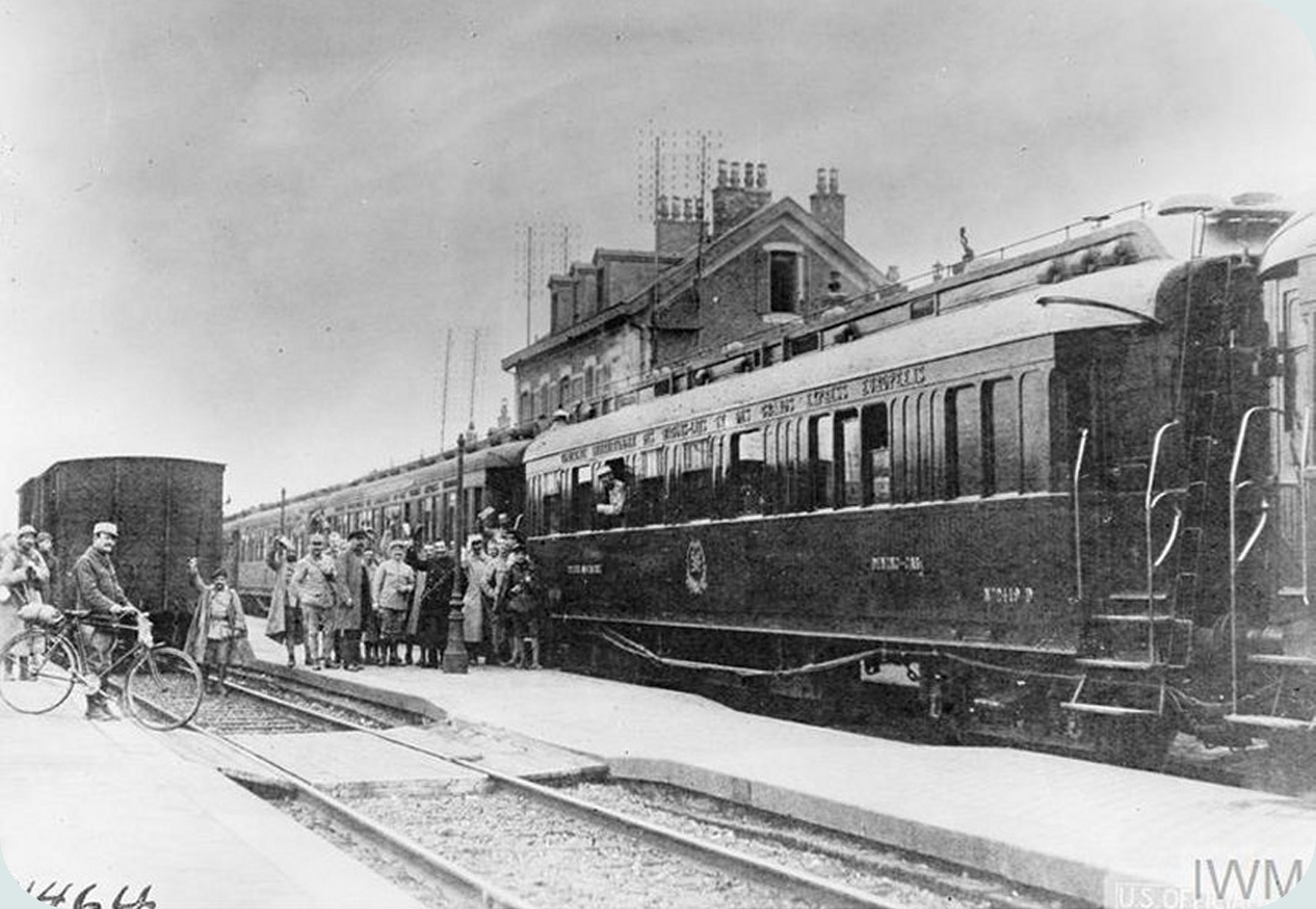
RAILWAYS AT WAR
Trench warfare relied on the supply of millions of men and shells and all their associated weapons, supplies and infrastructure.
With railways, the battlefront was now only hours from the factories that sustained the conflict. The volume of materials transported would have been unimaginable to commanders more familiar with the mounted forces and horse transport of earlier times.

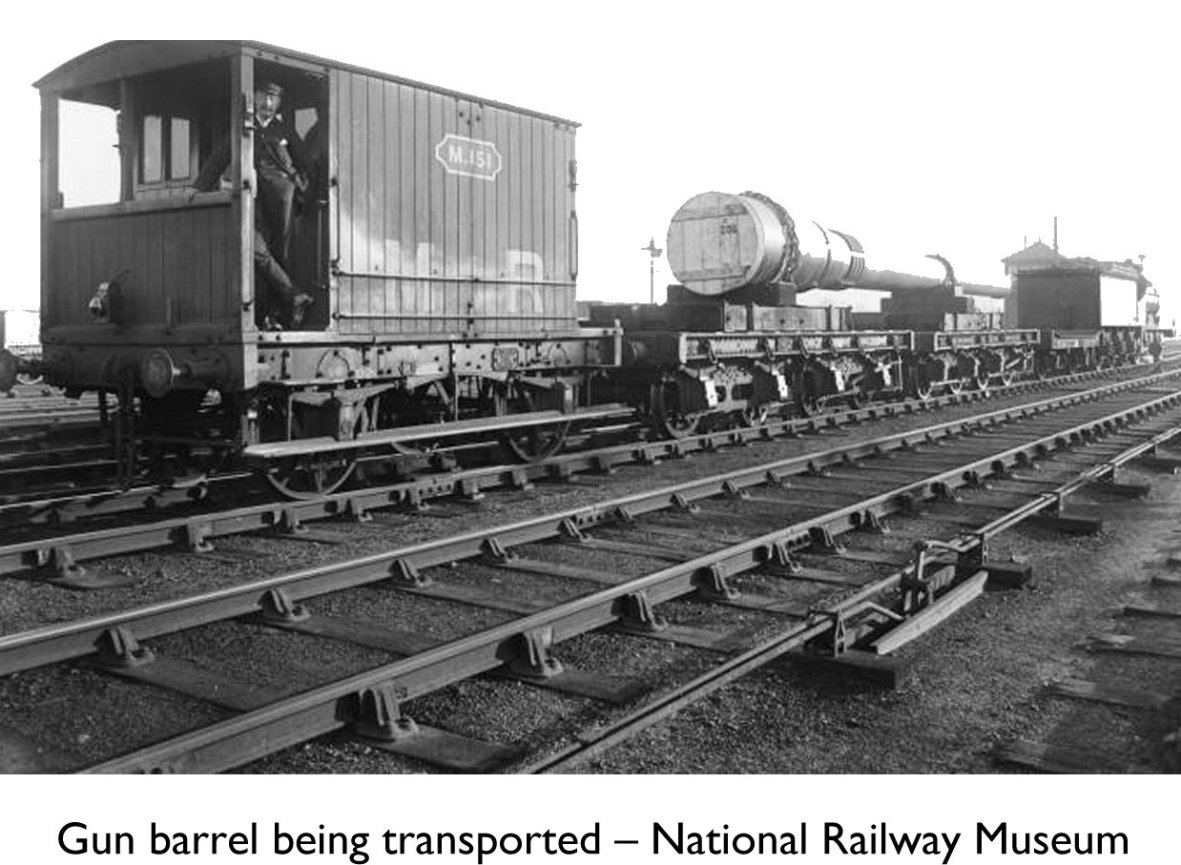
THE MIDLAND RAILWAY AT WAR
Although many railway workers would serve in all kinds of units, the importance of their skills in the war effort was significant. The Midland Railway released some 30% of their labour force (23,000 men) to the services. Of these, some 7,000 were injured and 2,833 killed.
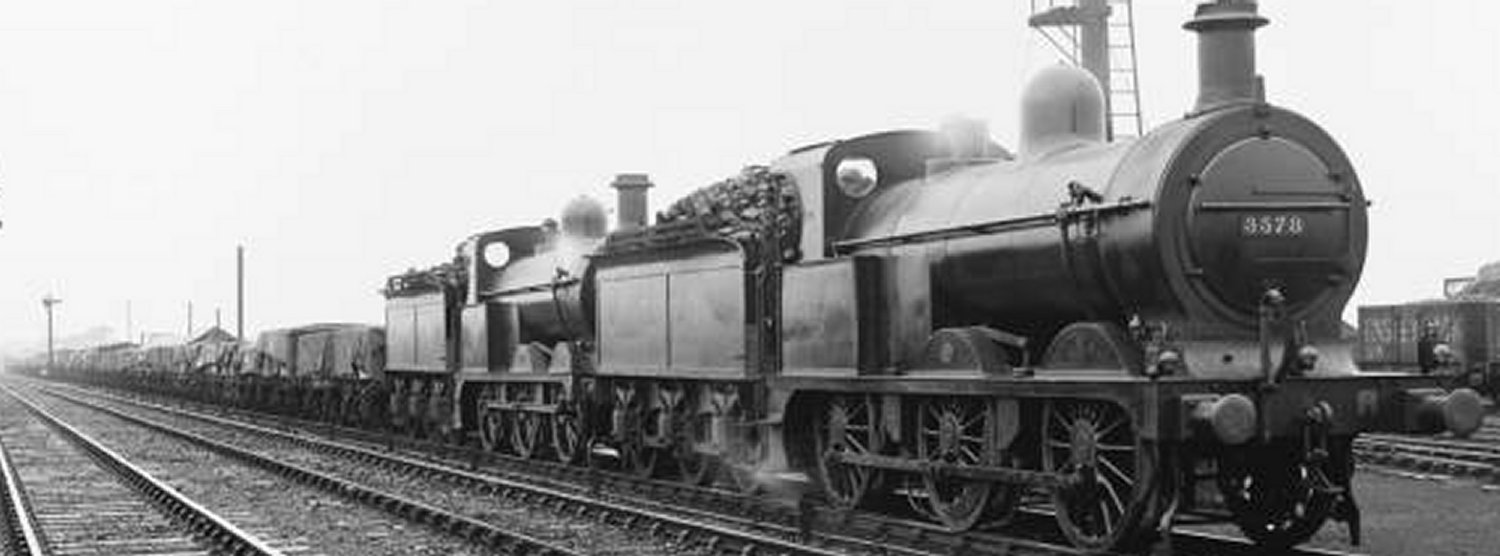
A double headed ammunition train
MEMORIALS IN ST ALBANS
St Albans is thought to be the only place in the UK where memorials to the servicemen of the Great War were not placed in the local church. Instead, under the Abbey Parish scheme, they were mounted on homes and businesses in the parish.
They were unveiled in 1920 and 1921 to commemorate more than 110 men, including nine pairs of brothers.
There are two street plaques on factories next to the station. One is for employees of Vyses’ hat factory, the other for Edwin Lee’s boot factory.

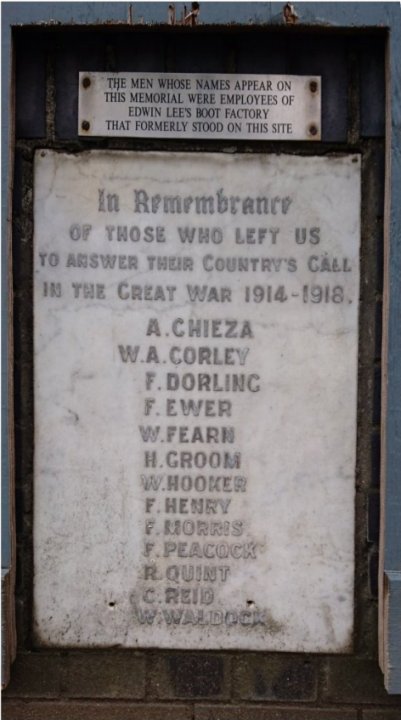
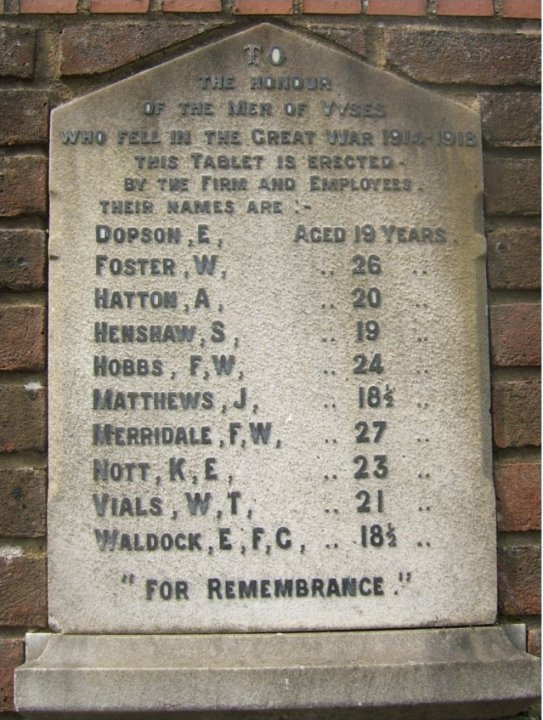
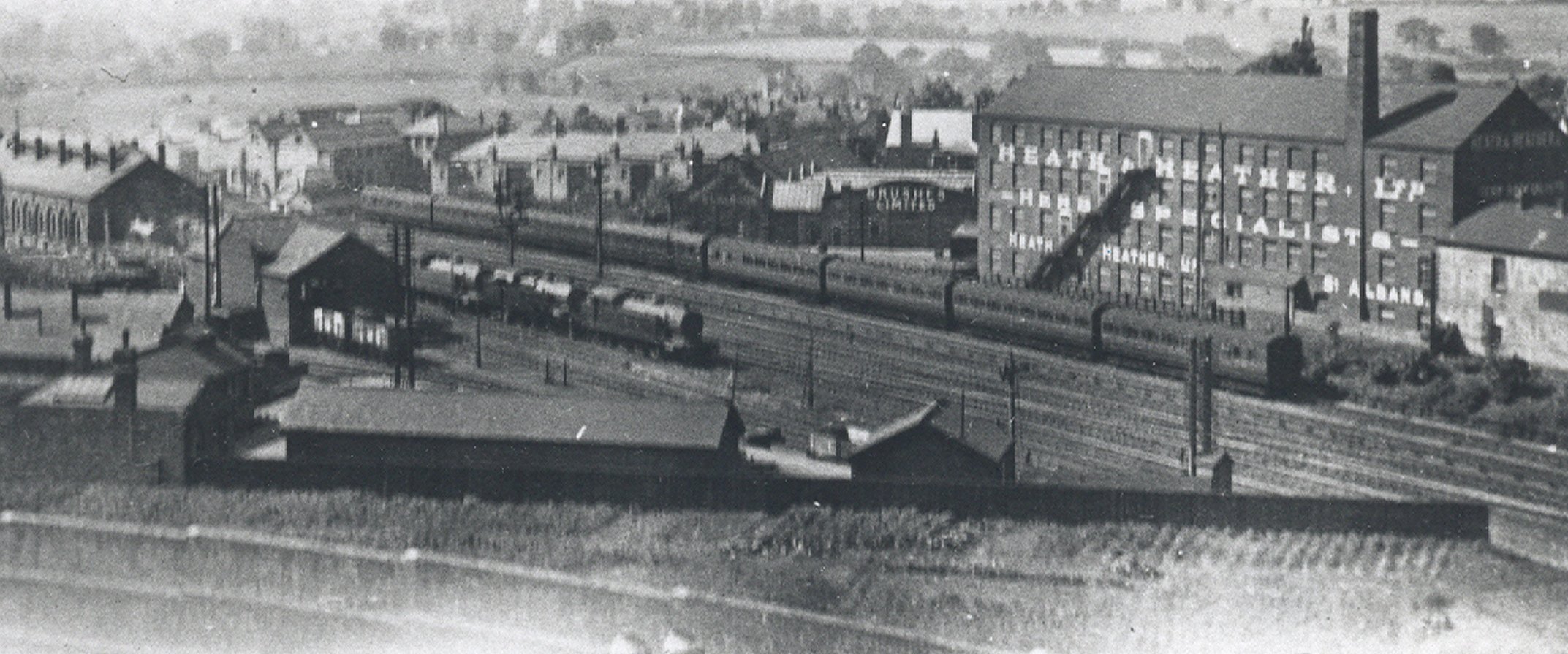
ARMISTICE MEMORIAL
A plaque commemorating the servicemen of the railway based at St Albans is displayed within the restored South signal box. It was dedicated on 11th November 2018 the 100th anniversary of the armistice.

